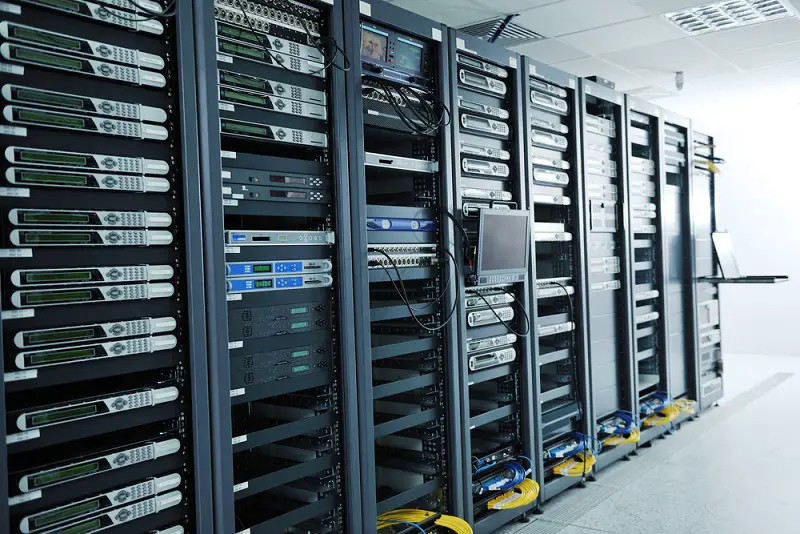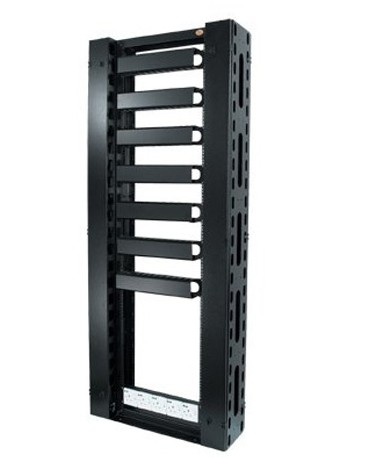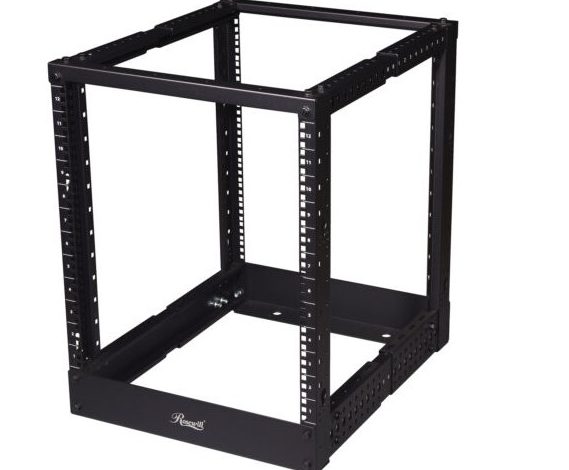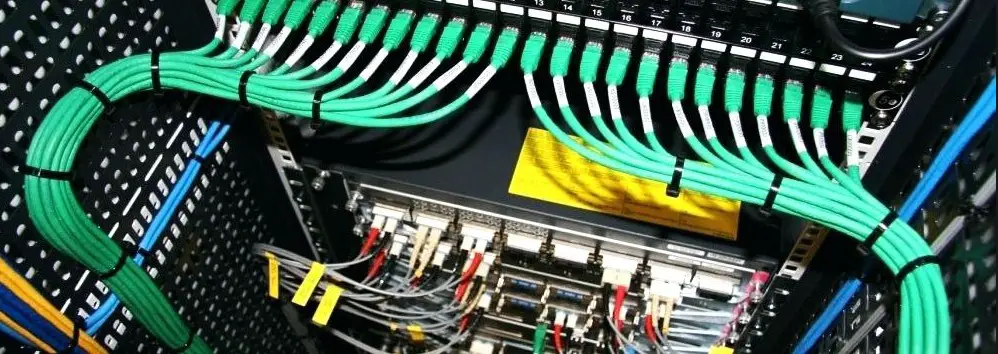
DISCLOSURE: This post may contain affiliate links, meaning when you click the links and make a purchase, we receive a commission.
A lot of us get confused about the terms Server rack and Network rack. We assume that these are the same thing. But, that is not entirely true. Matter of fact, these are two different things.
If you are like most of us and don’t know the differences between a server rack and a network rack, you are right where you should be. Because in this post, we will be pointing out all the distinctions between these two products.
And, here we go…
Server Rack vs Network Rack
Server Rack:

For the most part, the primary use of server racks is to accommodate server-related equipment. To put it simply, a server rack is used to house a server computer which might contain equipment like UPS ES, PSU, monitors, Media Storage Drives, Motherboard, CPU, Memory and so on.
The most common server racks come with 36 inches depth and 24 inches height. Aside from that, these server racks come in different types, shapes, and sizes. For instance, you might see a server rack which can be mounted on the wall. In contrast, there might be another which is portable and can only be placed on the floor.
Most of the server racks are designed keeping some key factors in mind like air flow, the safety of the pieces of equipment. So, most popular server racks come with secure doors and perforated side panels and front/rear.
Network Rack:

Although both the server rack and network rack looks pretty identical, there’s a lot of differences there. First of all, as the name suggests, a network rack is used to house networking related equipment like routers, network cables, switches, patch panels, and other accessories.
But, these network racks are very narrow in size. Usually, the depth of network racks won’t be higher than 31 inches. They do come with doors and side panels in most cases. But, they don’t have perforated doors. Also, they are designed in a way so that it can be perfect for managing all the network cables easily.
The difference between server and network rack:
From the definitions above, you have got to know a few of the differences between server and network racks. In this section, we will cover a few more. And, here it is:
- The Depth:

In terms of height, a server rack can be similar to a network rack. But, in terms of depth, there can be dissimilarities. For instance, a server rack needs to contain bigger and larger equipment compared to a network rack. So, a server rack must have more depth than a network rack. Therefore, a server rack will take a bit more space than a network rack.
- The Design:
Server racks will almost always have doors and side panels. Some of them can be locked from outside for further security. And, the front door and the rear panel might come with plenty of holes to allow required ventilation.
But, the network racks don’t have perforated doors usually. They come with tempered glass or polycarbonate doors. And most of the network racks don’t have any side panels.
- Cable Management:

A server computer might not come with a lot of cables. Thus, it can be quite compact and also hard to do cable management in it. However, as it is likely that a network rack will have to contain a hefty amount of cables, it will have plenty of features for easy and fast cable management. That way, you will be able to keep all of your cables organized.
- The Air Flow System:
As you already know that network devices don’t produce a lot of heat. On the other hand, a server might generate a huge amount of heat. It is always a good idea to keep the heat under control to run the servers at its bets capacity. As a result, you will find various ventilation system on a server rack such as perforated door, movable side panels, and so on.
But, in the case of the network racks, there won’t be a lot of heat generation. That means these types of racks don’t need to have air circulation systems. So, you will notice that a network rack is more compact and shallower than a server rack.
